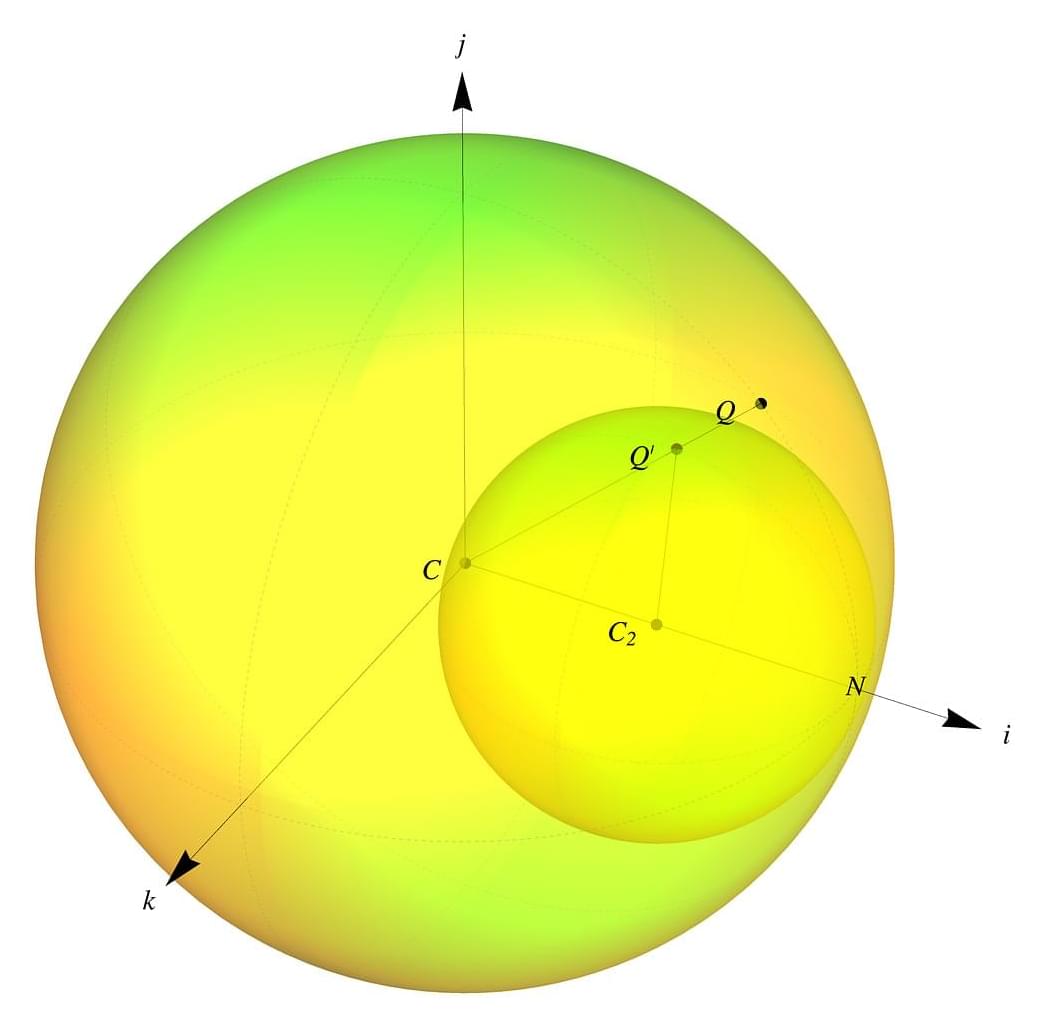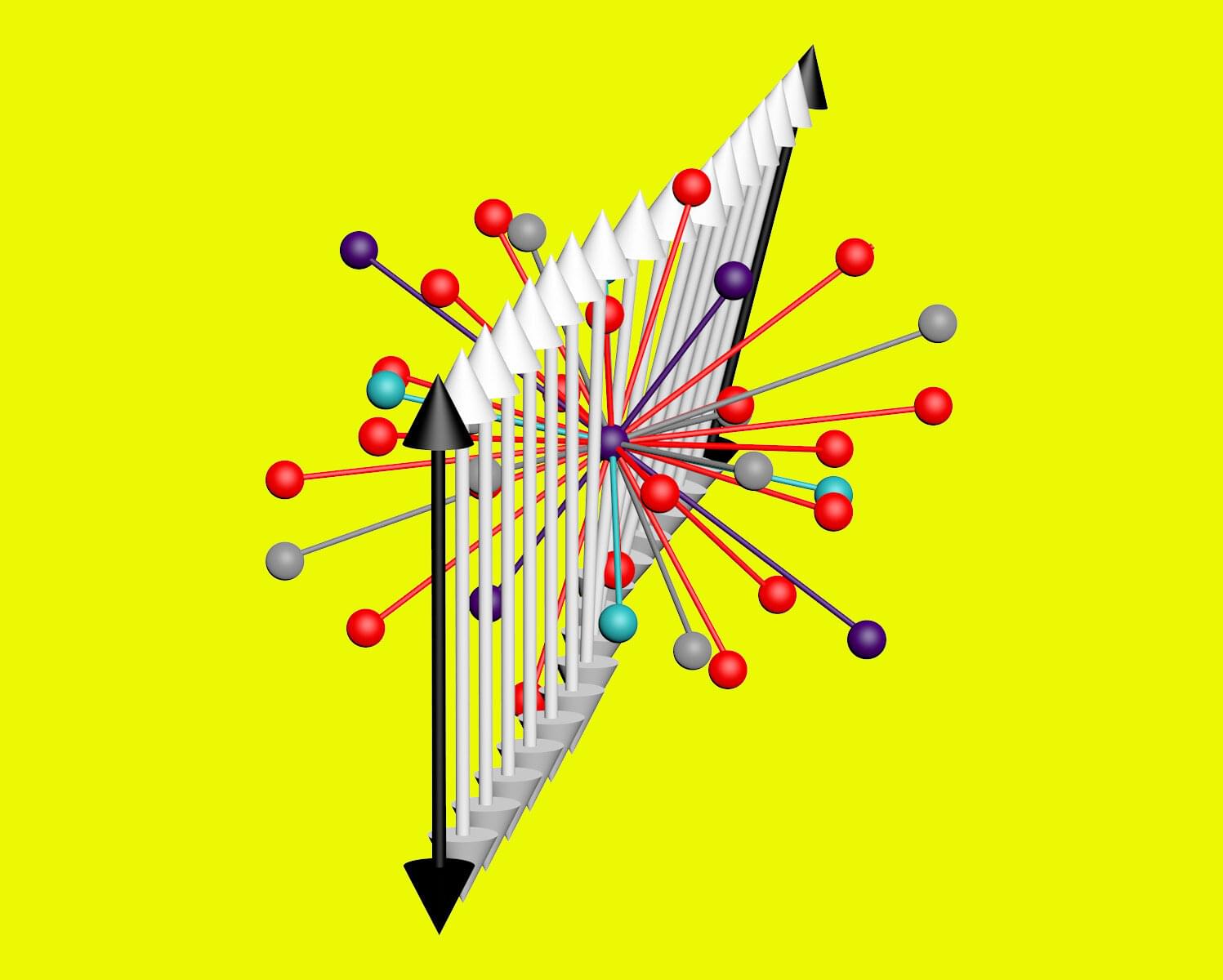Many, from neuroscientists to philosophers to anesthesiologists, have claimed to understand consciousness. Do physicists? Does anyone?



Join us on Patreon! https://www.patreon.com/MichaelLustgartenPhD
Discount Links/Affiliates:
Blood testing (where I get the majority of my labs): https://www.ultalabtests.com/partners/michaellustgarten.
At-Home Metabolomics: https://www.iollo.com?ref=michael-lustgarten.
Use Code: CONQUERAGING At Checkout.
Clearly Filtered Water Filter: https://get.aspr.app/SHoPY
Epigenetic, Telomere Testing: https://trudiagnostic.com/?irclickid=U-s3Ii2r7xyIU-LSYLyQdQ6…M0&irgwc=1
Use Code: CONQUERAGING
NAD+ Quantification: https://www.jinfiniti.com/intracellular-nad-test/

Thanks to observatories like the venerable Hubble Space Telescope (HST) and its next-generation cousin, the James Webb Space Telescope (JWST), astronomers are finally getting the chance to study galaxies that existed just one billion years after the Big Bang. This period is known as “Cosmic Dawn” because it was during this period that the first stars formed and came together to create the first galaxies in the Universe. The study of these galaxies has revealed some surprising and fascinating things that are allowing astronomers to learn how large-scale structures in the Universe came to be and how they’ve evolved since.
For the longest time, it was thought that this cosmological period could only be seen by space telescopes, as they don’t have to deal with interference from Earth’s atmosphere. With advanced technologies ranging from adaptive optics (AO) and coronagraphs to interferometry and spectrometers, ground-based telescopes are pushing the boundaries of what astronomers can see. In recent news, an international team of astronomers using the Cosmology Large Angular Scale Surveyor (CLASS) announced the first-ever detection of radiation from the cosmic microwave background (CMB) interacting with the first stars in the Universe. These findings shed light on one of the least understood periods in cosmological history.
The study that details their findings, which recently appeared in The Astrophysical Journal, was led by Yunyang Li — an observational cosmologist from the Kavli Institute for Cosmological Physics (University of Chicago) and The William H. Miller III Department of Physics and Astronomy at Johns Hopkins University (JHU). He was joined by many JHU colleagues, as well as astrophysicists from the National Institute of Standards and Technology, the Argonne National Laboratory, the Los Alamos National Laboratory, the Harvard-Smithsonian Center for Astrophysics, the Massachusetts Institute of Technology (MIT), the NASA Goddard Space Flight Center, and many prestigious universities.


Just when scientists thought they knew everything about crystals, a Northwestern University and University of Wisconsin-Madison collaboration has uncovered a hidden secret.
Centrosymmetric crystals are a special type of material that is fully symmetrical in every direction from a central point. Previously, scientists thought only non-centrosymmetric materials could exhibit chiral behavior—a property in which an object acts differently from its mirror reflection. But, for the first time, researchers have found a centrosymmetric crystal can act “chiral” despite its symmetry.
In the new study, published in Science, the research team investigated how a specific centrosymmetric crystal interacts with circularly polarized light, which twists like a corkscrew in either a clockwise or counterclockwise direction.
SENS Research Foundation works to develop, promote, and ensure widespread access to therapies that cure and prevent the diseases and disabilities of aging by comprehensively repairing the damage that builds up in our bodies over time.

A new study from The University of Texas at Arlington details a novel strategy for how the body clears out dead cells during stress, revealing unexpected roles for well-known stress-response genes—a discovery that could help scientists better understand diseases affecting the immune system, brain and metabolism.
“The body is constantly creating new cells and removing old cells once they die,” said Aladin Elkhalil, lead author of the study and a third-year doctoral student in the lab of Piya Ghose, assistant professor of biology at UT Arlington. “This removal of dead cells is just as important as creating new ones, because if the body is unable to rid itself of dead cells, it can lead to various health problems”
Published in PLOS Genetics, the study was conducted on the roundworm C. elegans by Dr. Ghose, Elkhalil and Alec Whited, another graduate student in the Ghose lab. This tiny, transparent organism is a widely used tool in genetic research because its see-through body allows scientists to observe live cell behavior, including how cells die. The research team took advantage of these unique features in several innovative ways.

UNDATED (WKRC) — Scientists were diving into a mysterious biological phenomenon known as the “third state,” where cells of a deceased organism can adopt new functions after death, Popular Mechanics reported.
University of Washington biologist Peter Noble and Alex Pozhitkov have detailed this exploration in an article for The Conversation.
Their research highlighted the surprising resilience of xenobots and anthrobots, which can survive beyond the life of their host organism.
